Sign up for workout ideas, training advice, reviews of the latest gear and more.

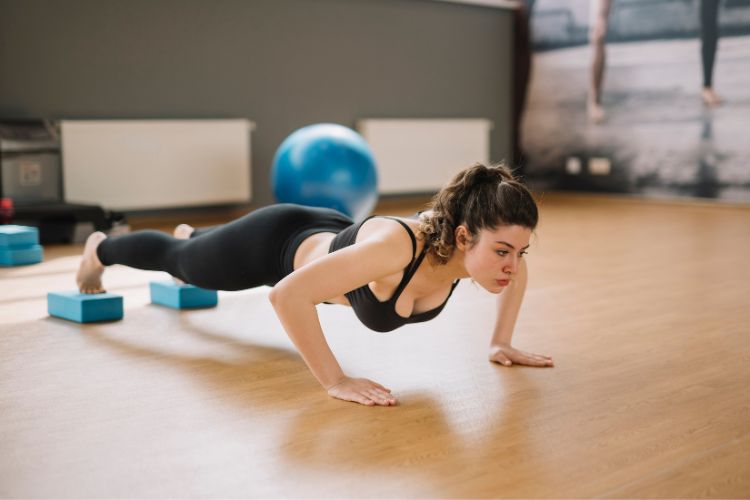
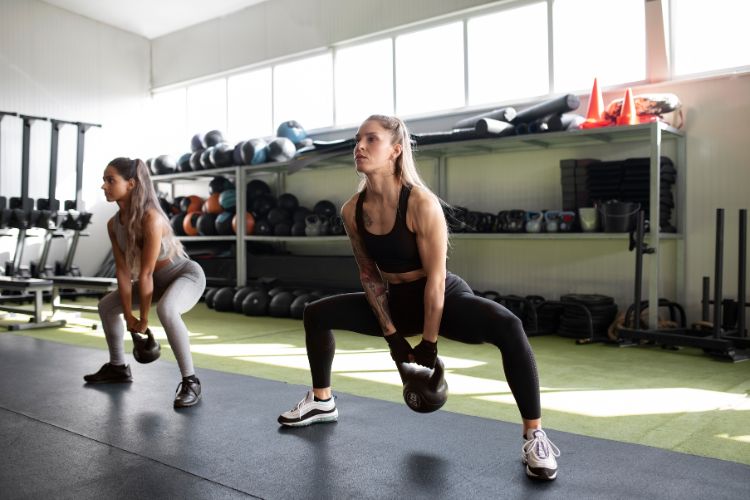
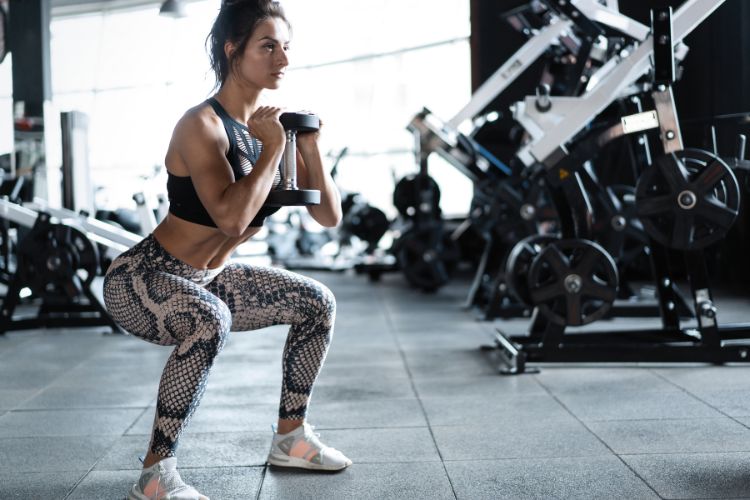
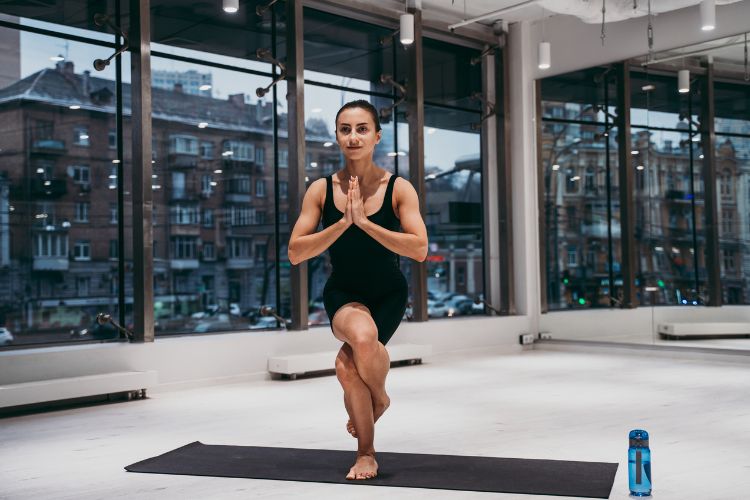
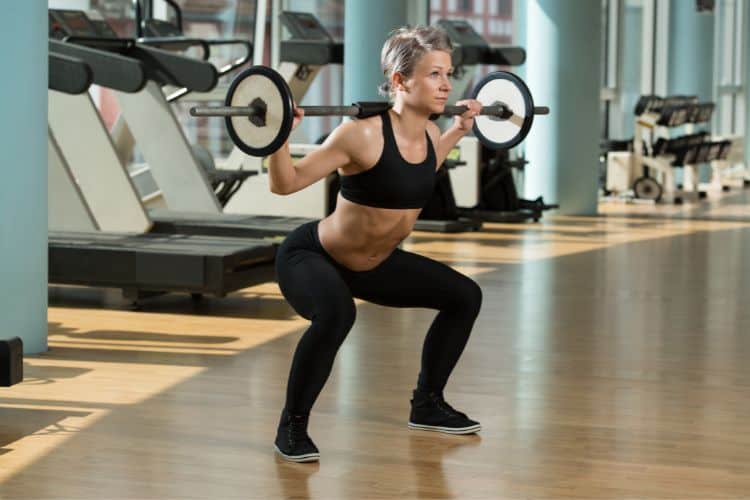
Barbell squats are a cornerstone exercise in strength training, offering immense benefits for women of all fitness levels. This versatile movement targets multiple muscle groups, including the quadriceps, hamstrings, glutes, and core, making it a highly effective workout for building strength, improving athletic performance, and sculpting the lower body. In this comprehensive guide, we delve into the essentials of barbell squats for women, covering technique, benefits, variations, and tips for maximizing results.
Barbell squats engage more than just the legs. By holding a barbell on your upper back, you activate your core, upper back, and stabilizing muscles, creating a full-body strength challenge. For women looking to build overall strength and functional fitness, squats are indispensable.
Weight-bearing exercises like barbell squats are crucial for maintaining and improving bone density. This is particularly important for women, who are at a higher risk of osteoporosis as they age. Regular squatting with appropriate weight helps strengthen bones and reduce this risk.
For women focused on enhancing lower-body aesthetics, barbell squats are unparalleled. They effectively target the glutes, quadriceps, and hamstrings, promoting muscle growth and definition in these areas.
Barbell squats improve strength, power, and mobility, which translate to better performance in sports and daily activities. Whether you’re a runner, dancer, or simply want to move more efficiently, squats can elevate your physical capabilities.
Mastering the correct form is critical for maximizing results and preventing injuries. Follow these steps to perform a perfect barbell squat:
This common error can strain the knees and reduce power. Focus on pushing your knees outward during the movement.
Excessive forward lean can compromise spinal alignment and reduce the effectiveness of the exercise. Maintain a neutral spine and keep your chest up.
Placing the bar too high or too low can lead to discomfort or imbalance. Experiment with bar placement to find what feels most secure and natural.
Using excessive weight before mastering proper form increases the risk of injury. Start with a manageable load and progressively increase it.
Perform dynamic stretches and mobility drills to prepare your hips, knees, and ankles. Include bodyweight squats and light sets with the barbell to activate your muscles.
Gradually increase the weight, reps, or sets over time to ensure consistent progress. Track your lifts to stay motivated and monitor improvements.
Strengthen supporting muscles with accessory exercises like Romanian deadlifts, lunges, and hip thrusts to enhance your squat performance.
Allow sufficient time for rest and muscle recovery. Incorporate stretching, foam rolling, and adequate sleep into your routine to avoid overtraining.
Consider working with a certified trainer, especially if you’re new to barbell squats. They can provide personalized feedback and ensure proper technique.
If lifting heavy, always have a spotter or use a squat rack with safety pins.
Opt for flat-soled shoes or weightlifting shoes to improve stability and ensure proper form.
Regularly work on improving ankle, hip, and thoracic mobility to achieve deeper, more effective squats.
Avoid pushing through pain. If you experience discomfort, reduce the weight or consult a professional.
Barbell squats are a powerful exercise for women, offering benefits that go beyond aesthetics. By incorporating this movement into your routine, you can build strength, enhance athletic performance, and achieve a well-rounded lower-body workout. Whether you’re a beginner or an advanced lifter, barbell squats can be tailored to your fitness goals and level. Prioritize form, progress gradually, and enjoy the transformative power of this foundational exercise.
Stay up to date on the latest women’s health, fitness and lifestyle trends and tips.